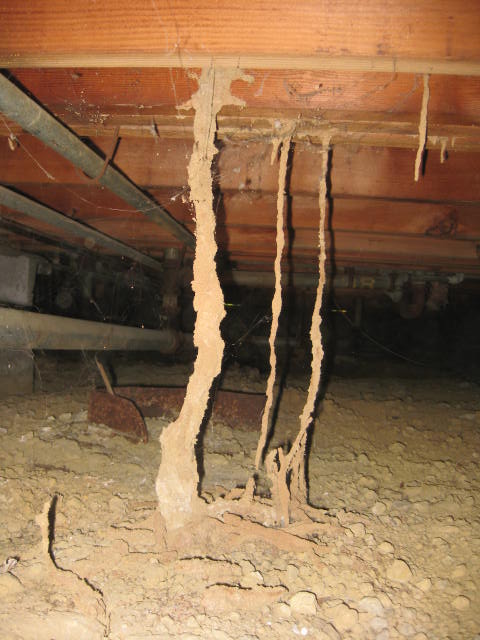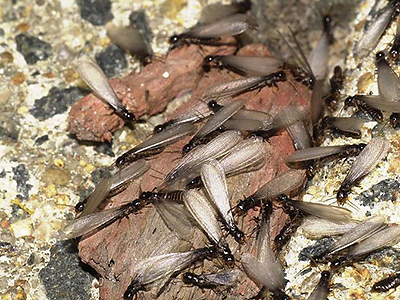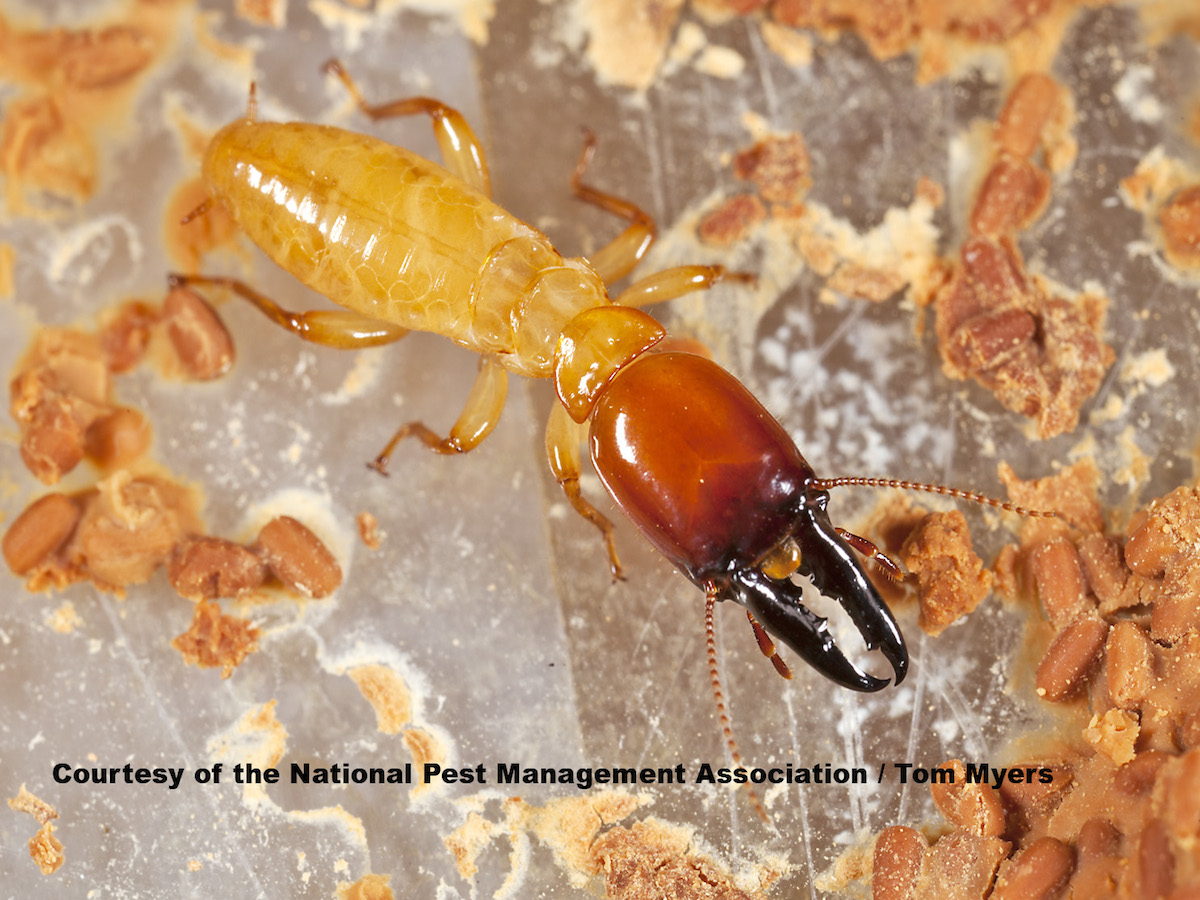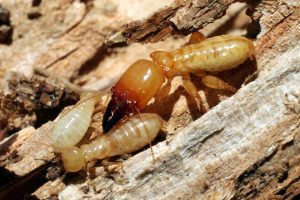
Did you know that termites cause more damage in terms of dollar amount per year than all tornadoes, hurricanes, fires and earthquakes combined! Unlike fire & weather catastrophes, however, termite damage begins slowly and may remain undetected for many years.
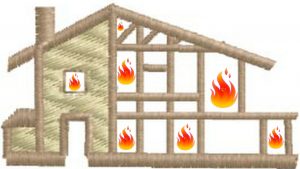
Think of termite colonies as tiny little fires burning inside your walls…. You can’t see them or smell them, but you would certainly want to extinguish them!.
Most drywood termites live on the coast.
One particularly destructive termite is the drywood termite which thrives in warm, moist, coastal regions. As a result, most drywood termite infestations occur in the warmer regions of the US including California, Florida and Texas. If you live in any one of these areas, your house could become an appetizing meal for these wood-destroying insects.
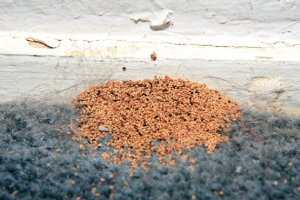
Termite pellets are often the first sign of a termite infestation.
Typically late summer is when the drywood termites swarm. Usually when the weather becomes hot and humid right after a good rain.

Drywood termites live in small social colonies in dry wood. They mate and fly to new dry wood areas; enter a small hole in the wood and start to form a new colony. In the first year, colony size may be only around 50. After four years, there may be as many as 700 individual dry wood termites in one colony. At this time, the colony may swarm to start the cycle over again. After 15 years, the dry wood termite colony will have grown to approximately 3,000 individuals.
Subterranean Termites
